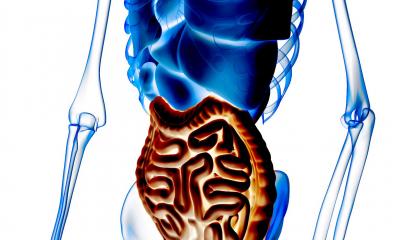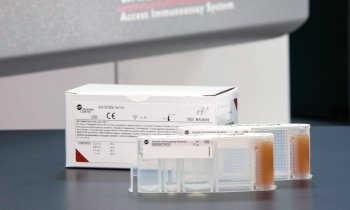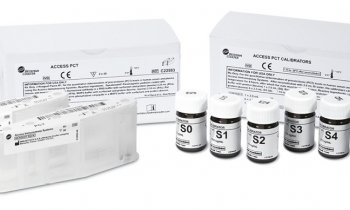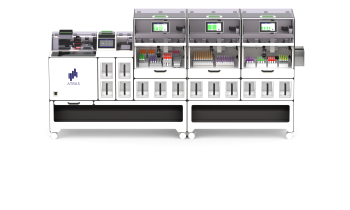Blood test to predict rheumatoid arthritis
Researchers from University Hospital in Umea, Sweden, have identified several cytokines, cytokine-related factors, and chemokines that increase significantly prior to rheumatoid arthritis (RA) disease onset. These findings confirm those of earlier studies which suggest that the risk of developing RA can be predicted and disease progression may be prevented. Complete findings of this study are published in the February issue of Arthritis & Rheumatism, a journal of the American College of Rheumatology.
Rheumatoid arthritis is a chronic autoimmune disease characterized by joint inflammation involving the synovial (lubricating fluid of the joints) tissue and eventually leading to destruction of cartilage and bone. The cause leading to disease development and progression is not completely understood, although various cells of the immune system and of synovial origin are suggested to be involved. Numerous cytokines are expressed and are functionally active in the synovial tissue once the disease has developed. Now a research team led by Solbritt Rantapää-Dahlqvist, M.D. has found that several of these cytokine levels spike as much as several years prior to the development of arthritic symptoms.
An early and accurate diagnosis of RA is crucial. According to the American College of Rheumatology, RA can be difficult to diagnose because it may begin with only subtle symptoms, such as achy joints or early morning stiffness. Many diseases including lupus, osteoarthritis and fibromyalgia, especially early on, mimic the symptoms of RA making diagnosis more difficult. Studies have shown that people who receive early treatment for RA feel better sooner and more often, are more likely to lead an active life, and are less likely to experience the type of joint damage that leads to joint replacement.
To determine whether cytokines, cytokine-related factors, and chemokines are up-regulated prior to the development of RA, and which ones are involved, the team conducted a nested case-control study within the Medical Biobank of Northern Sweden. Blood samples were analyzed from 86 individuals before the appearance of symptoms of RA (pre-patients), from 69 of the pre-patients after the onset of RA, and from 256 matched control subjects (1:3 ratio). A consecutive time-dependent involvement of the immune system in disease development and progression was evaluated. The plasma levels of 30 cytokines, related factors, and chemokines were measured using a multiplex system. Individuals in whom RA subsequently developed were discriminated from control subjects mainly by the presence of Th1 cell-, Th2 cell-, and Treg cell-related cytokines, while chemokines, stromal cell-derived cytokines, and angiogenic-related markers separated patients after the development of RA from individuals before the onset of RA.
"We observed a clear relationship between cytokines related not only to Th1, Th2, and Treg cells but also to Th17 and the presence of anti-CCP antibodies, thereby supporting the concept that the immune system was already stimulated and disease was developing toward RA," explains Dr. Rantapää-Dahlqvist. Researchers found that blood samples obtained from individuals had elevated concentrations of proinflammatory cytokines, cytokine-related factors, and chemokines, indicating immune system activation prior to any symptoms of joint involvement. "Our findings present an opportunity for better predicting the risk of developing RA and possibly preventing disease progression," concluded Dr. Rantapää-Dahlqvist.
Article: "Up-Regulation of Cytokines and Chemokines Predates the Onset of Rheumatoid Arthritis." Heidi Kokkonen, Ingegerd Söderström, Joacim Rocklöv, Göran Hallmans, Kristina Lejon, and Solbritt Rantapää-Dahlqvist. Arthritis & Rheumatism; Published Online: January 28, 2010 (DOI: 10.1002/art.27186); Print Issue Date: February 2010.
Source: Dawn Peters
04.02.2010











